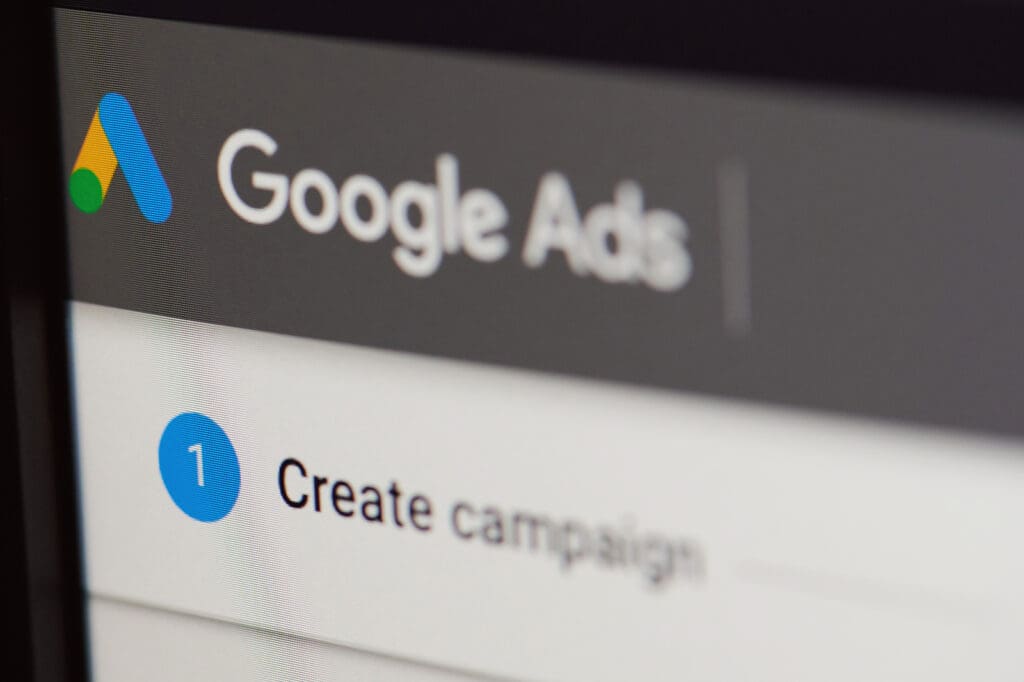
5 Common Mistakes to Avoid When Setting Up Google Ads Campaigns
5 Common Mistakes to Avoid When Setting Up Google Ads Campaigns https://www.lodestarmg.com/wp-content/uploads/2023/02/5-common-mistakes-to-avoid-when-setting-up-google-ads-campaigns-1024x682.jpg 1024 682 lodestar marketing group lodestar marketing group https://www.lodestarmg.com/wp-content/uploads/2023/02/5-common-mistakes-to-avoid-when-setting-up-google-ads-campaigns-1024x682.jpgGoogle Ads Campaigns can be an excellent way to introduce products or services to your clients. However, it is crucial to avoid making costly mistakes that can undermine the effectiveness of your campaign. Here are five common mistakes business owners make when launching a Google Ads Campaign.
Targeting the wrong audience
Before creating a Google Ad Campaign, you first need to determine your target audience. One of the most common mistakes advertisers make is aiming for an overly broad or generic target market. For example, targeting all adults ages 18-64 is a poor choice because it requires communicating with too large of an audience with vastly different lifestyles that it becomes challenging to create a resonating message.
There are several demographic characteristics to consider, including age, gender, income, and place of residence. Moreover, advertisers can also incorporate intent-based marketing into their campaigns. Intent-based marketing utilizes stated intentions or interests and online actions to engage audiences in more personalized ways. Combining demographic data with consumer interests makes it easier to narrow your target market to people more likely to engage with your ads.
Not using negative keywords
Negative keywords are crucial for fine-tuning your targeting efforts to those most likely interested in your product. They can prevent your ads from appearing for search results unlikely to generate leads or sales.
For example, suppose you are in the software industry and selling project management software. In that case, you will want to include negative keywords such as films, games, and anything not directly related to your product. Prioritizing relevant audiences will help increase your click-through rate and signal to Google that your ads are relevant.
Including negative keywords has several benefits, including reducing ad spending, higher ad rankings, and improving your Google Ads Quality Score. A high-quality score is important, as it positively affects cost-per-click and ad placement.
Not checking campaign and account settings
You must ensure that your account and campaign settings are correct when running a campaign. When setting up a new account, check all the “recommended” and “auto-populated” settings to ensure they are correct for your particular campaign. These include bid strategy, geo-targeting, placements, and more. Often, the default settings are not the best option for your campaign, and you’ll waste money on unoptimized campaigns.
Failing to ensure ad extensions are approved
Ad extensions provide more space for your ad to display on the Google search results page, making them an excellent tool for expanding upon advertisements with additional information.
However, it is crucial to check that ad extensions are approved regularly. Even if advertisements are approved, several factors influence whether they will display, including the number of extensions, rank, and quality.
You can take a few steps for Google to approve extensions, including verifying the phone number linked to an ad, improving ad rank, and checking that they do not violate policy. Ads can violate Google’s policy by being flagged for trademarks and inappropriate topics, resulting in having to appeal to Google for reapproval.
Leaving placement exclusion lists blank
When making the most of your digital marketing budget, choosing the right places for your ads to appear is essential. If an ad has a meager click-through rate, it may be due to being in an unsuitable location, which can result in less successful campaigns.
Placement exclusion lists allow users to exclude websites where they do not want their ads shown. For example, you can choose not to display ads on adult, violent, or profane websites. In addition, you can use placement exclusion lists to ensure your ads do not show on apps irrelevant to your target audience (i.e., making sure ads for a life insurance company don’t appear on children’s games).
To ensure that your ads appear in optimal locations, check the placement report under the “where ads showed” option. The placement report lists websites, YouTube channels, and apps that appeared across the Google Display Network. Checking this report allows you to identify top-performing and underperforming placements to determine which areas to exclude in the future.
By avoiding these common Google Ads campaign mistakes when creating a marketing campaign, you can optimize your reach and spend less money overall. If you are looking to revamp your marketing efforts, contact us for a free campaign review.
- Post Tags:
- digital marketing
- google ad campaign
- ppc
- Posted In:
- Digital Marketing
- PPC



